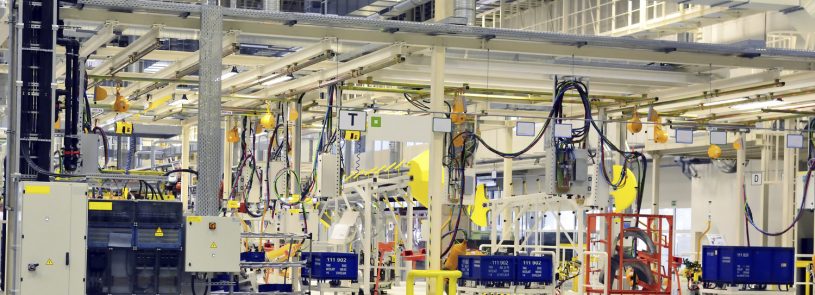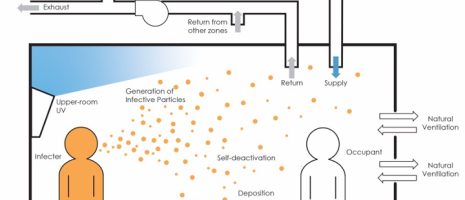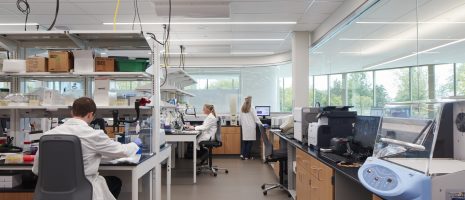Long-term plans, standards, and industrial facility docs minimize risk of capital improvement

By Kelly Altes
The industrial and manufacturing market is in a constant state of flux. Owners must react to new technologies, buyer behavior, budget cuts, competitors, and countless other influences. Amid all this, owners must plan for growth and change. Capital investments in infrastructure are an integral part of most plans but take a long time to implement, and with no crystal ball providing the future, become a risky but necessary endeavor.
However, owners with good long-term facility plans, standards implementation, and existing facility documentation can minimize the risk associated with capital improvements.
For growing businesses, long-term facility planning becomes a larger priority. Developing a vision for facilities in the future to support business growth can provide a good road map – as long as there is an understanding that the vision will be changed and modified as the business climate evolves. Having a plan, even if it changes, also can have a positive impact on how people look at big problems. Share your master plan with all stakeholders on each project; the bigger picture understanding helps with stakeholder buy-in and can generate better solutions to problems.
For long-standing, stable businesses, standards development and good existing documentation are invaluable for maintaining a smooth-running campus. Standards can simplify maintenance, improve safety, provide efficiency in procurement, and more. Good documentation also can lower the costs associated with bringing a design team up to speed on existing systems as capital improvements are made. The documents can also reduce unknowns in construction, saving time and cost for the owner.
For more information, read my blog about reducing risk with robust, accessible building documents.












